shodo shonin
Buddhist Monk History: Who Was Shodo Shonin?

Tokyo Terry
Posted on October 10, 2025
Share:
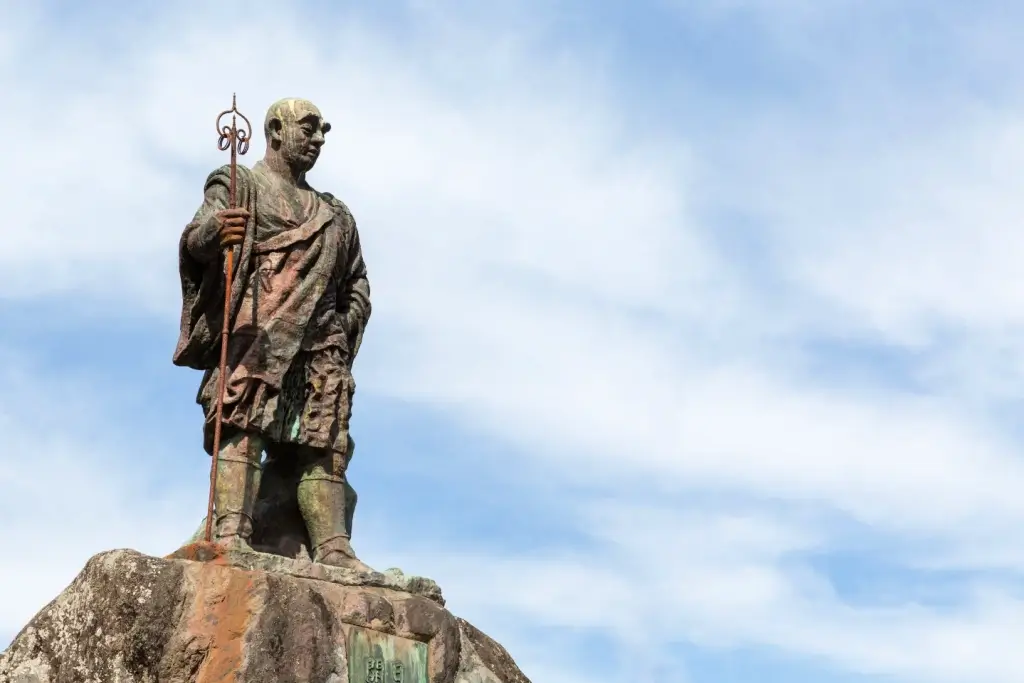
The Buddhist monk plays a central role in shaping Japan’s spiritual and cultural landscape. But there is one who is primarily known for his efforts. His entire life was dedicated to spreading the beliefs of his religion. And he is responsible for building the physical structures of some of the most well-known and revered religious buildings in the country. This Buddhist monk’s efforts created lasting holy places that, even today, draw travelers seeking serenity.
The temples and shrines of Nikko are forever tied to his tireless efforts. Moreover, his influence remains strong even in other parts of Japan. His interest in nature was deeply connected to his faith, which led him to explore remote places so that others could appreciate their beauty. Today, we’ll learn about Shodo Shonin, his travels, and his legacy.
Early Life of Shodo Shonin
Shodo Shonin was born Wakata Fujiitomari in 735 CE in Shimotsuke Province, now part of modern-day Tochigi Prefecture. He was introduced to the Buddhist way of life at a young age. His family was very religious, so he crafted stone Buddha statues even as a child. This early start set the path for his life. At age seven, a divine vision urged him to spread Buddhism.
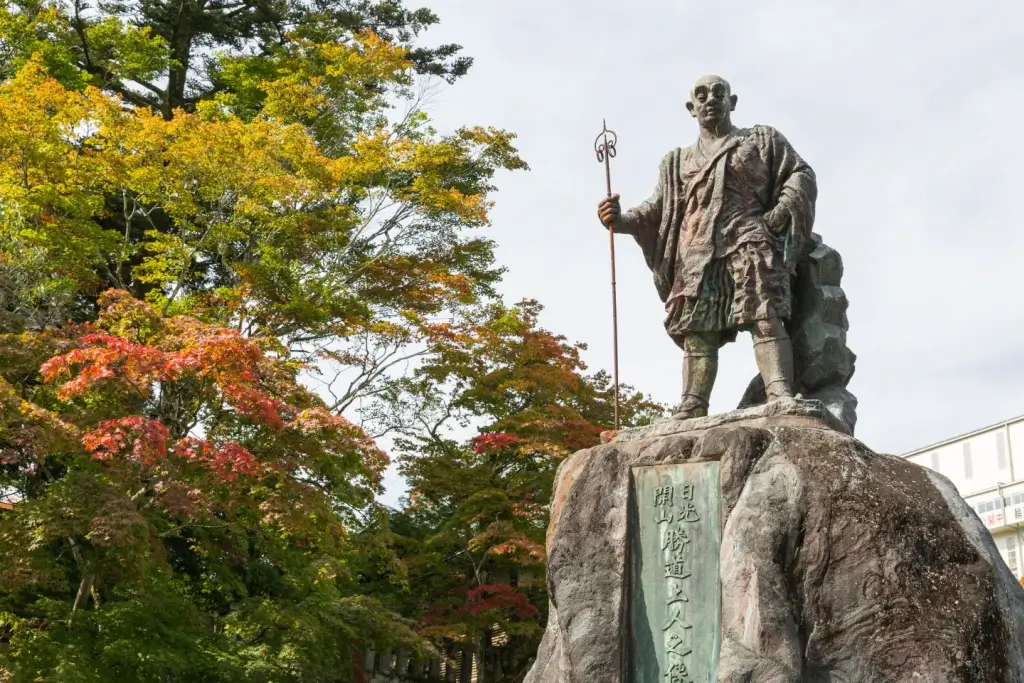
Fujiitomari then left home to study Nara Buddhism. He practiced in remote areas and soon gained ten disciples. Together, they studied and trained before leaving on their mission to establish sacred sites across Japan. Crossing the Daiya River in Tochigi Prefecture was one of his most significant challenges. According to legend, the god Jinja Daio formed a snake bridge to assist in its crossing. Shinkyo Bridge is now located at the site. This legend and his passion earned him the nickname “Temple Builder”. In 766, he set out for Nikko to follow his vision.
Founding Nikko’s Sacred Sites
And, at 27, Fujiitomari officially took on the name “Shodo Shonin”. He founded Nikko’s main temples and shrines in the 8th century. Within one year of beginning his journey, he established Shihonryuji, now known as Rinnoji Temple. In 782, he became a priest and founded Futarasan Shrine to honor the sacred mountains of Nikko. He then built Chuzenji Temple near Lake Chuzenji in 784. His vision blended Buddhism and Shinto. His temples draw global pilgrims today.
Exploration of Nikko’s Mountains
Shodo Shonin’s love for Buddhism and nature defined his actions. He saw mountains as spiritual realms at the core of Buddhist ideals. This not only shaped his life but also the religious geography of Nikko. Shodo had a special fondness for Mt. Nantai. He likened it to Fudaraku-san, the home of the goddess of mercy, Kannon. He was the first to explore many of Nikko’s mountain peaks. And his climbs inspired the placements of some of the area’s most noticeable temples. In 782 CE, his religious calling pushed him to climb Mt. Nantai.
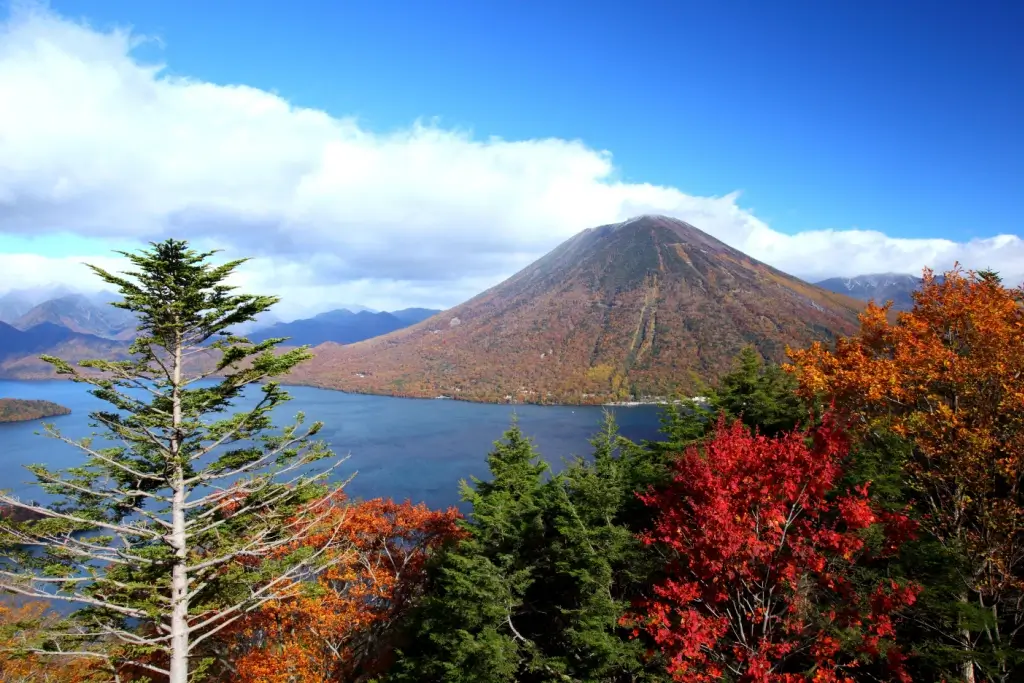
On this expedition, it is said that he witnessed even more divine signs in the form of unusual purple clouds. It is from this experience that Shihonryuji got its name, which translates to “Temple of the Four Dragons”. The mountain also became the deity and earthly representation of Futarasan Shrine.
Do you want to enjoy great snacks from Nikko while reading about Buddhist monk history? Check out Sakuraco! Sakuraco delivers traditional Japanese snacks, sweets, tableware, and more from local Japanese makers right to your door, perfect for a pleasant snack time at home!
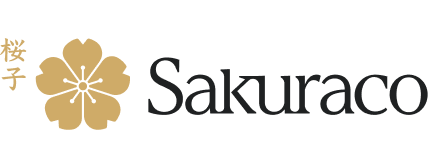
Legacy and Burial in Nikko
Shodo Shonin died in 817 CE at the age of 83. Today, the remains and relics of this Buddhist monk are in Nikko, to which he devoted so much of his life. His ashes were laid to rest in Kaisando Hall, near Rinnoji, which he founded many years earlier. A five-ringed Japanese stone pagoda (gorinto) marks his grave. The gorinto is a symbol of Tendai Buddhist beliefs, symbolizing earth, water, fire, air, and void. A bronze statue was also erected in 1955 to honor his role in the establishment of Nikko’s temples and shrines.
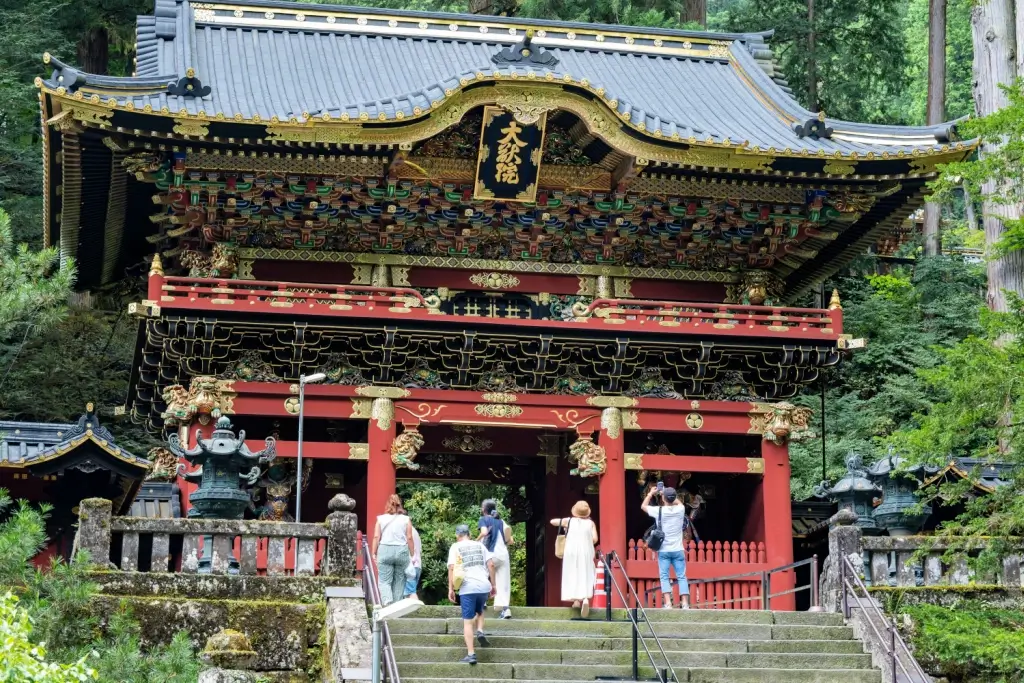
Visiting Shodo Shonin’s Nikko
Nikko is located 140 kilometers (87 miles) north of Tokyo. It is accessible via the Tobu Railway from Asakusa Station in approximately two hours. Rinnoji Temple is only a 10-minute walk from Nikko Station. The area is home to several notable religious attractions, including the Shinkyo Bridge and Futarasan Shrine. The admission fees range from 400 to 1000 yen ($2.62 to $6.56), depending on the site. Chuzenji Temple is a 30-minute bus ride from Nikko Station, on the eastern shore of Lake Chuzenji. Autumn colors peak in November, making it a great time to visit.
Why is Shodo Shonin’s legacy important?
Shodo Shonin’s legacy is significant because he was responsible for the creation of numerous shrines and temples in Nikko. His numerous explorations literally laid the foundations for the locations of its sacred sites. He is also noteworthy because his life was deeply rooted in Buddhist monk principles from an early age. His work made Nikko a spiritual hub and home to some of Japan’s most important World Heritage treasures today.
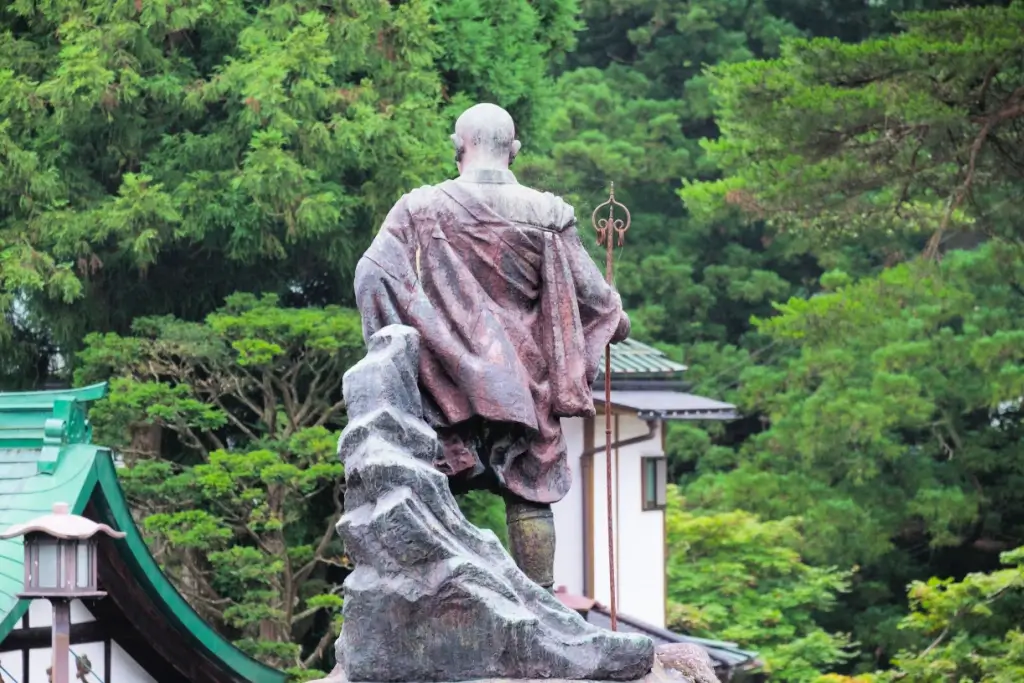
Overall, Shodo Shonin’s exploration of the surrounding mountains did more than build temples. His love and appreciation of nature were the first steps along paths that visitors still follow. His work continues to inspire modern pilgrims, and the region remains a spiritual haven due to his visionary leadership. Every year, thousands of people follow in his footsteps for personal reflection and to become closer to nature. He successfully spread his faith, helping to cement its position at the center of Japanese religion. Have you visited Nikko and its temples? Which is your favorite sacred spot? Have you explored the mountain trails that surround this city? Share your experiences or tips below to start a discussion!

Discover authentic flavors with Sakuraco
Get Sakuraco 

Discover authentic flavors with Sakuraco
Get Sakuraco 
Related Articles
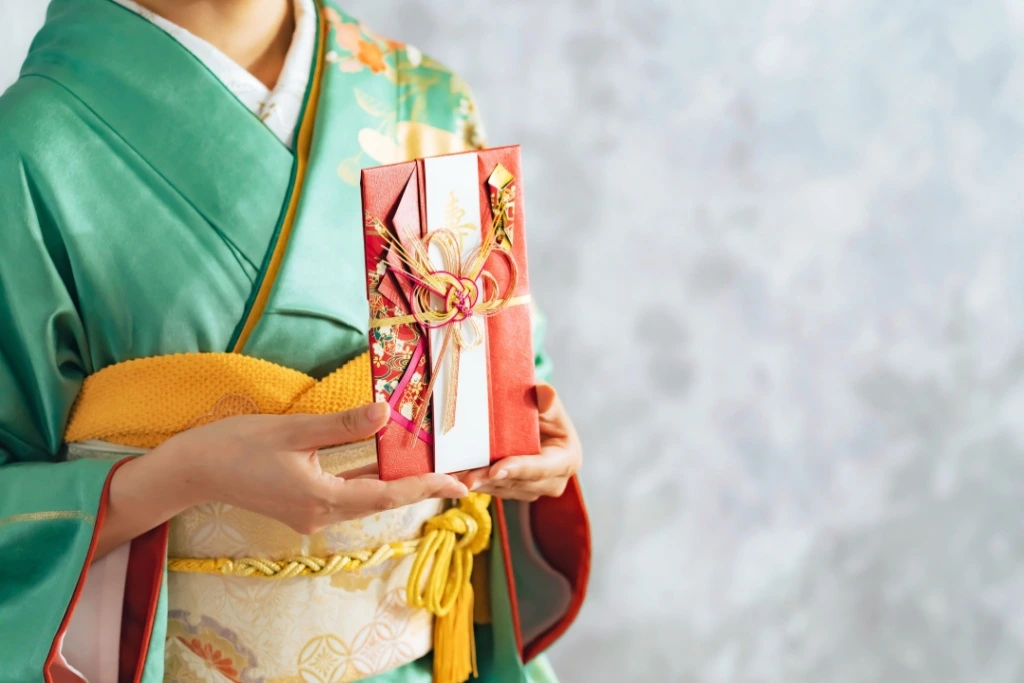
Money Envelopes in Japan: Exploring the World of Shugi Bukuro
Attending a Japanese wedding or celebratory event for the first time can be daunting, especially when it comes to gift-giving. Although it may seem complicated, we’ll break it down so that you have nothing to worry about.

Japanese Head Spa: What’s The Amazing Secret?
In Japan, self-care is deeply ingrained in culture, and among the many treatments gaining attention worldwide, the Japanese head spa stands out. Unlike regular shampoo treatments, head spas combine deep cleansing, gentle massage, and aromatherapy to refresh both the scalp and the mind.
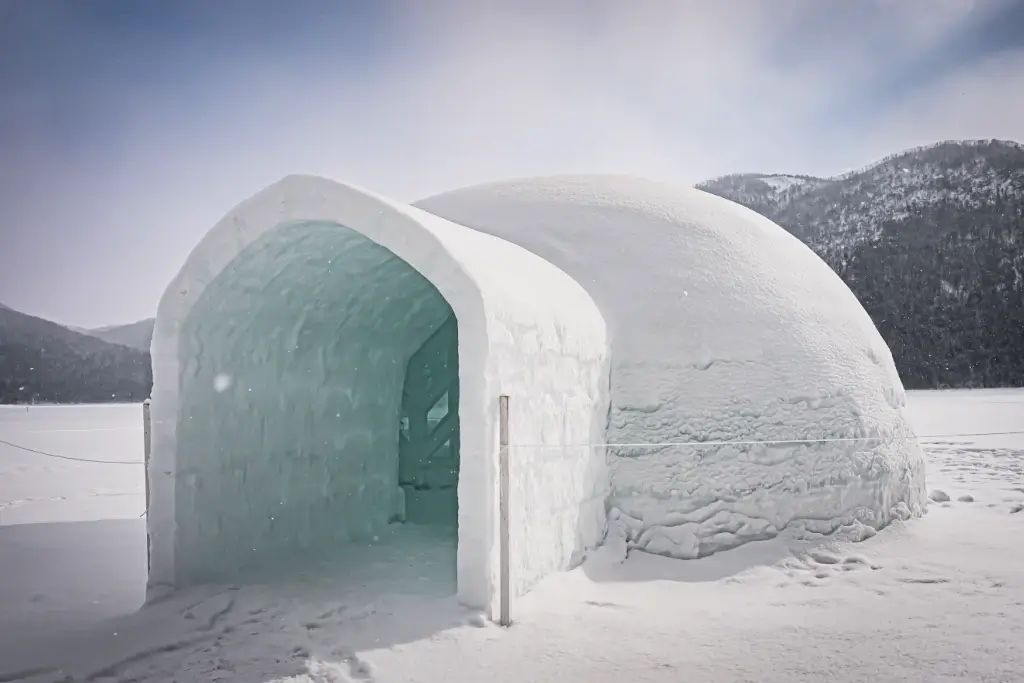
Snowy Village of Hokkaido: The Wonderful Tale of Shikaribetsuko
Every winter, deep in Hokkaido’s Daisetsuzan National Park, a snowy village known as Shikaribetsuko Kotan appears on the surface of Lake Shikaribetsu. Built entirely from ice and snow, this temporary settlement offers a one-of-a-kind experience set amidst untouched natural surroundings.
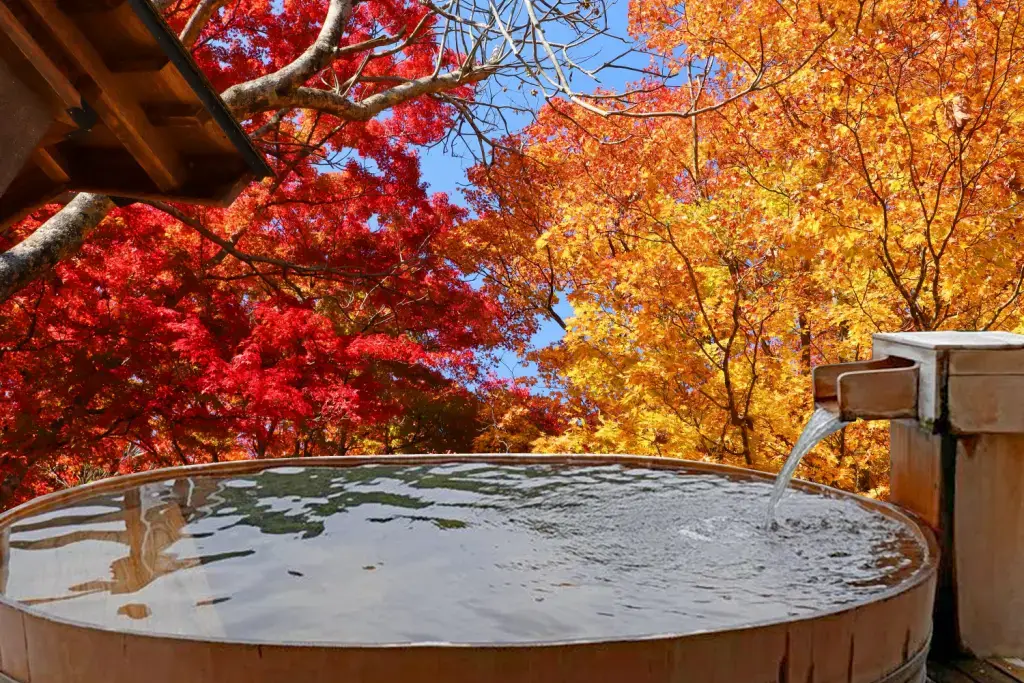
Rotenburo: Discover the Wonderful Open-Air Hot Spring
In Japan, few experiences capture the nation’s love for nature and relaxation quite like the rotenburo. These outdoor baths enable visitors to soak in naturally heated water while surrounded by lush forests, majestic mountains, or the serene sea.


